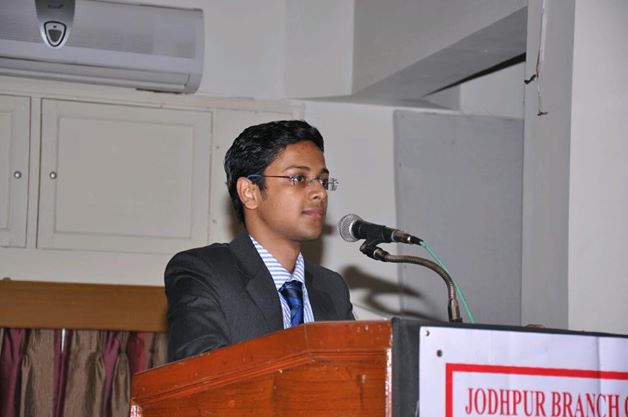| Article Section | ||||||||||||||||||||||||||
|
Home |
||||||||||||||||||||||||||
Expected Model of GST |
||||||||||||||||||||||||||
|
||||||||||||||||||||||||||
Expected Model of GST |
||||||||||||||||||||||||||
|
||||||||||||||||||||||||||
This is just for your reference. It does not constitute our professional advice or recommendation.
By: CA Akash Phophalia - August 25, 2015
Discussions to this article
Dear Mr Akash Phophalia, thanks for the summary. However, you have mentioned that 'taxable event will shit to sale rather than manufacture'. Is it not 'supply' of goods/services which will be taxable event? That's why industries are looking at the fate of 'stock transfers or branch transfers' on which there could be a levy. Do kindly clarify. Regards, S.Srikanthan
Taxable event will be on supply and Supply will be defined. It will include Stock transfer, branch transfer.
Srikanthan S. is right.
Respected Sir This is the recommendation given by Joint Working Group as appointed by Empowered Committee. The basic thing which is conveyed is the shift of taxable event from manufacture. Further you all learned people may be correct that the taxable event is on supply. As the GST is yet in draft, therefore, it is difficult to conclude about the taxable event. On the basis of material available I found that the taxable event will no longer be manufacturing but will be sale or supply.
Yes; you are right. The basic shift of the taxable event is from manufacture. The Constitution (One hundred twenty second Amendment) Bill, 2014 proposes to insert Clause (12A) in Article 366. (12A) – “goods and service tax” means any tax on supply of goods, or services or both except taxes on the supply of the alcoholic liquor for human consumption. [the term 'supply' has not been defined]. As a result, the concepts 'sale' , 'manufacture' which are of great significance under the existing indirect tax law are likely to lose relevance once GST is introduced. Regards, Srikanthan
|
||||||||||||||||||||||||||
| |
||||||||||||||||||||||||||




.jpg)